Visual symbols have become an integral part of modern digital communication by offering an emotional layer that enhances the meaning in textual messages. Their significance lies in the ability to convey context where words might fall short. However, the interpretation of emojis can vary widely across different platforms and leads to potential misunderstandings.
This variation underscores the need for emoji translators to ensure that their intended meaning is accurately conveyed in diverse linguistic contexts. This article introduces you to UPDF's AI feature and highlights its advanced AI assistant, which can be used for seamless emoji translations.
Part 1. What is the Basic Mechanism Behind Emoji-to-Text Translator?
The basic mechanism behind an emoji interpreter involves interpreting emojis and converting them into corresponding words or phrases that represent their intended meaning. This process typically depends on advanced NLP and AI algorithms to analyze the emojis and identify key emotions. Once these elements are recognized, the emoji-to-text translator matches them with complimenting text to ensure that the emojis are accurately translated into meaningful language.
The process may also consider the context in which emojis are used, as the same emoji can convey different meanings depending on the surrounding message. By analyzing these nuances, emoticon translators effectively link the difference between visual symbols and verbal communication, allowing for a clear understanding of emoji-based messages.
Part 2. UPDF AI: The Perfect Emoji Translator
UPDF AI stands out as the perfect emoji interpreter, offering a seamless and accurate conversion of emoticons into text. It leverages advanced machine learning algorithms to ensure that the emotional meaning of emojis is captured and translated effectively. Users just need to paste the emoji images along with the interpretation prompt into the AI assistant section to get a translation.
If the output doesn't meet expectations, users have the option to regenerate the result for improved accuracy. Moreover, users can even copy the output emoji translation to integrate them into their documents or messages. This emoji translator also offers support for multiple languages, allowing you to generate emoji interpretations in diverse languages. Since it offers a free trial, you can use it to translate your Emoji to any language you want.
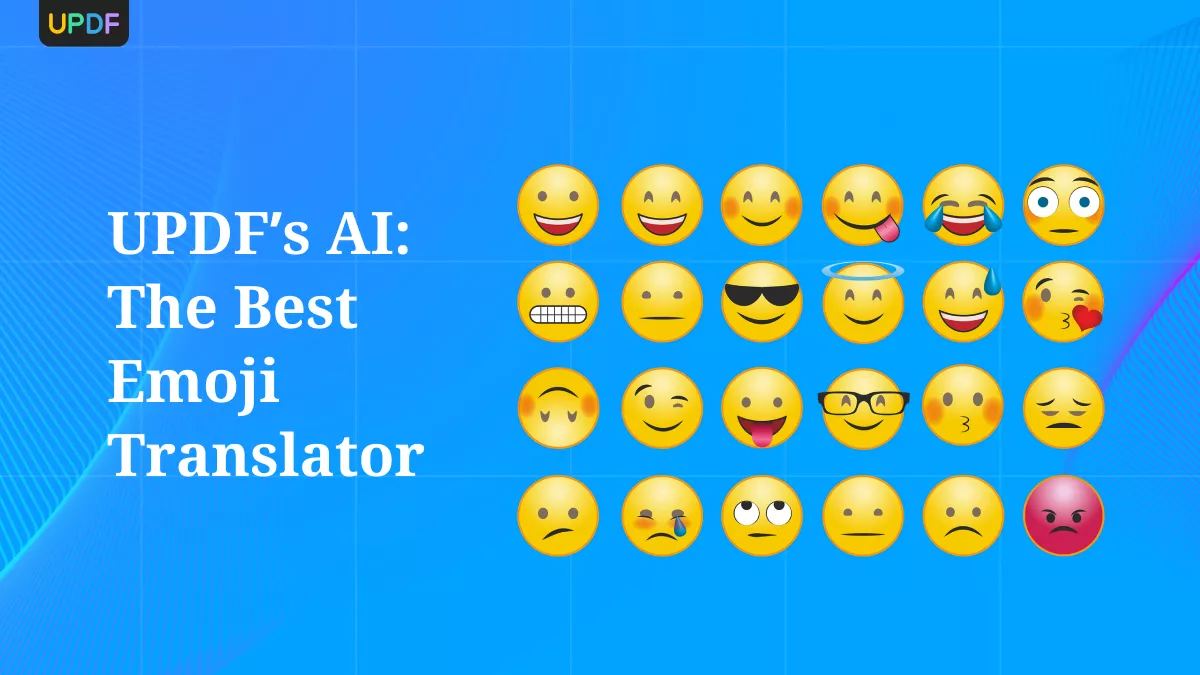
Using UPDF AI for Emoji Translation: Comprehensive Step Guide
After exploring the mind-blowing AI capabilities of UPDF, you might want to learn how to utilize this emoji language translator to interpret visual symbols. Take guidance from the following stepwise instructions to perform accurate emoji translations while using UPDF AI:
Step 1. Enter the Prompt to Translate Emoji
After accessing the UPDF AI throught the button below, paste the emoji that you want to interpret within the AI assistant text field, along with the prompt to translate it. After entering the prompt, press the "Send" icon to generate a translation of the emoji.
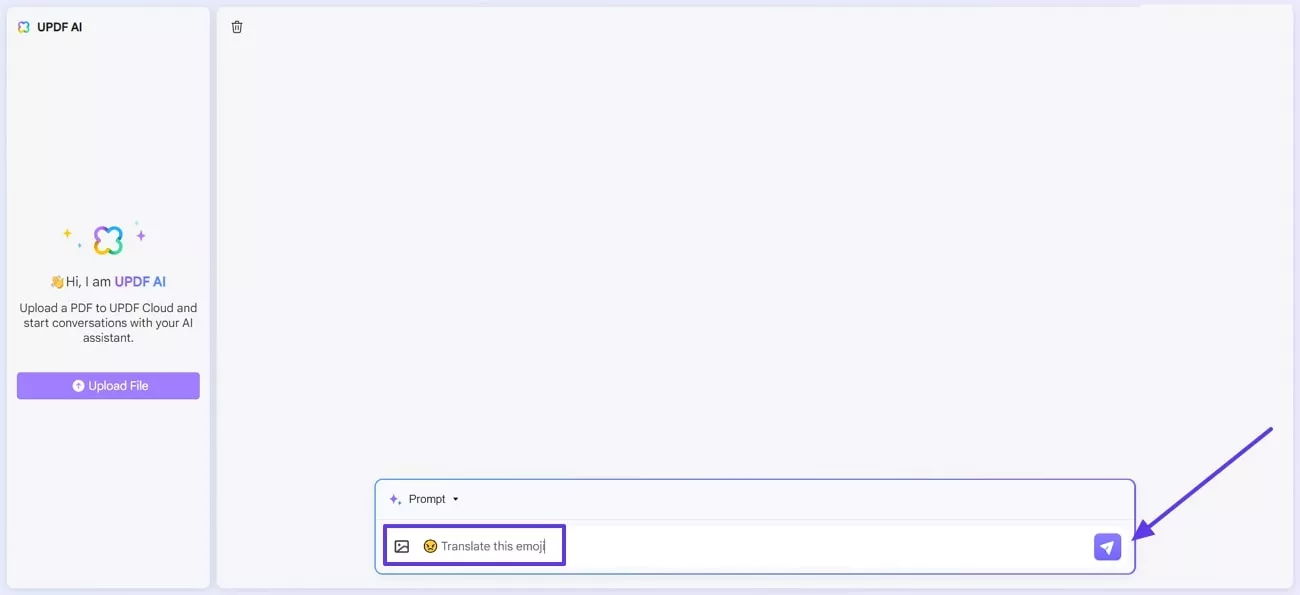
Step 2. Regenerate the Output Translation
The AI emoji-to-text translator will interpret the emojis, which you can regenerate to produce a different variation. Additionally, copy the translation and paste it into your message for seamless integration.
Step 3. Ask AI about the Use and Origin of Emoji
In the AI chatbot, you can ask questions about the use and origin of your desired emoji. For example, type "Can you explain the use and origin of this emoji?". The AI will provide information on how particular emojis are used in communication and their historical development.
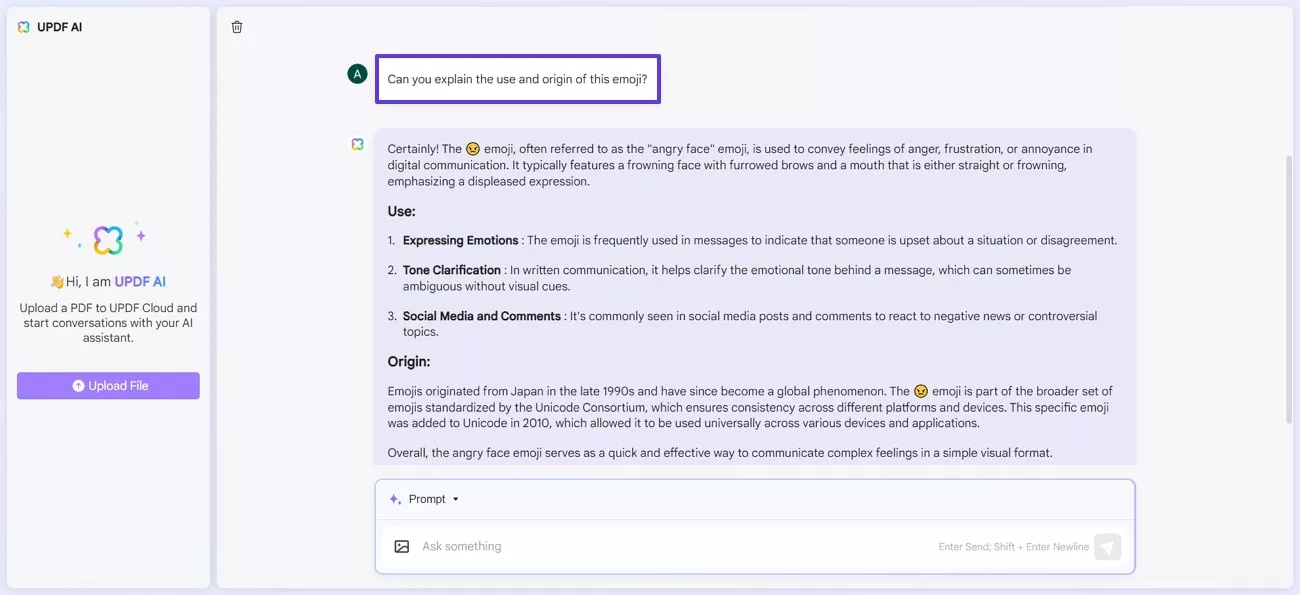
Other Striking AI Features of UPDF's AI Assistant
- 1. Summarization Feature: Users can extract key points from the document to enhance understanding. Moreover, the tool allows the customization of the summary length and format to tailor the output to specific needs.
- Translate Capability: UPDF supports multiple global languages, allowing you to convert text into multiple languages for broader usability. Users can specify the desired output language while generating results, ensuring contextually relevant translations.
- Explain Content: This tool enables users to upload their documents and utilize the explain feature to gain a clearer understanding of the topic. Additionally, you can upload images to receive explanations, making it easier to comprehend visual content.
- Ask & Chat: Using this feature, users can ask AI content-related queries and receive context-aware answers. Apart from that, use AI to proofread and rewrite content for improved quality.
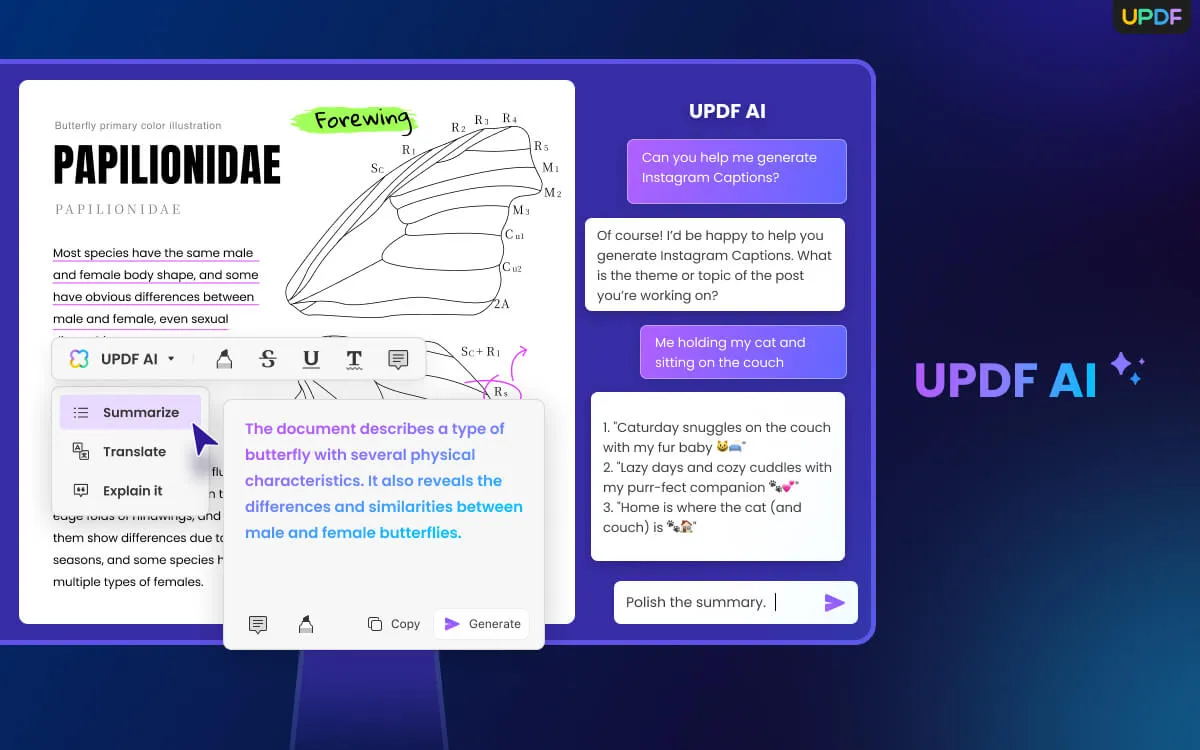
Part 3. Benefits of Using Emojis in Communication
Shifting from traditional text-based communication to incorporating emojis can significantly enrich how we express ourselves and connect with others. Emojis add a layer of nuance that text alone lacks, making interactions more expressive. Here are some of the key benefits of using emojis in your communication to make it more effective:
- Enhanced Emotional Expression: Emojis helps in conveying emotions and tone more effectively than plain text. They enable users to express feelings like joy, happiness or frustration with a simple icon. Moreover, emojis make interactions more expressive and reduce the potential for misunderstandings.
- To Grab Reader's Attention: You can incorporate colorful and interactive symbols within your documents to make them more engaging. By adding vibrant emojis and dynamic icons, you enhance the visual appeal of your content to retain the reader's interest.
- Universal Understanding: Emoticons don't have any language barrier as they are widely recognized and understood across different cultures. This universality helps bridge communication gaps to make it easier for people from all over the globe to understand each other.
- Personalization and Tone: Adding emojis within the content allows for greater customization, allowing users to infuse their communication with their unique style. This personal touch can enhance the tone of the message to make interactions feel more relatable.
Conclusion
To summarize, emoji translators are valuable tools for interpreting the meaning behind different emojis, allowing for a clearer understanding of the intended message. This article explored UPDF AI as an efficient emoji-to-text converter, highlighting its capability to provide accurate translations and enhance communication.
Additionally, the tool offers a straightforward way for performing emoji translations in different languages, making it a user-friendly option for enriched digital interactions. To make the most out of this tool, start using it to enhance your communication and translation needs.
 UPDF
UPDF
 UPDF for Windows
UPDF for Windows UPDF for Mac
UPDF for Mac UPDF for iPhone/iPad
UPDF for iPhone/iPad UPDF for Android
UPDF for Android UPDF AI Online
UPDF AI Online UPDF Sign
UPDF Sign Edit PDF
Edit PDF Annotate PDF
Annotate PDF Create PDF
Create PDF PDF Form
PDF Form Edit links
Edit links Convert PDF
Convert PDF OCR
OCR PDF to Word
PDF to Word PDF to Image
PDF to Image PDF to Excel
PDF to Excel Organize PDF
Organize PDF Merge PDF
Merge PDF Split PDF
Split PDF Crop PDF
Crop PDF Rotate PDF
Rotate PDF Protect PDF
Protect PDF Sign PDF
Sign PDF Redact PDF
Redact PDF Sanitize PDF
Sanitize PDF Remove Security
Remove Security Read PDF
Read PDF UPDF Cloud
UPDF Cloud Compress PDF
Compress PDF Print PDF
Print PDF Batch Process
Batch Process About UPDF AI
About UPDF AI UPDF AI Solutions
UPDF AI Solutions AI User Guide
AI User Guide FAQ about UPDF AI
FAQ about UPDF AI Summarize PDF
Summarize PDF Translate PDF
Translate PDF Chat with PDF
Chat with PDF Chat with AI
Chat with AI Chat with image
Chat with image PDF to Mind Map
PDF to Mind Map Explain PDF
Explain PDF Scholar Research
Scholar Research Paper Search
Paper Search AI Proofreader
AI Proofreader AI Writer
AI Writer AI Homework Helper
AI Homework Helper AI Quiz Generator
AI Quiz Generator AI Math Solver
AI Math Solver PDF to Word
PDF to Word PDF to Excel
PDF to Excel PDF to PowerPoint
PDF to PowerPoint User Guide
User Guide UPDF Tricks
UPDF Tricks FAQs
FAQs UPDF Reviews
UPDF Reviews Download Center
Download Center Blog
Blog Newsroom
Newsroom Tech Spec
Tech Spec Updates
Updates UPDF vs. Adobe Acrobat
UPDF vs. Adobe Acrobat UPDF vs. Foxit
UPDF vs. Foxit UPDF vs. PDF Expert
UPDF vs. PDF Expert


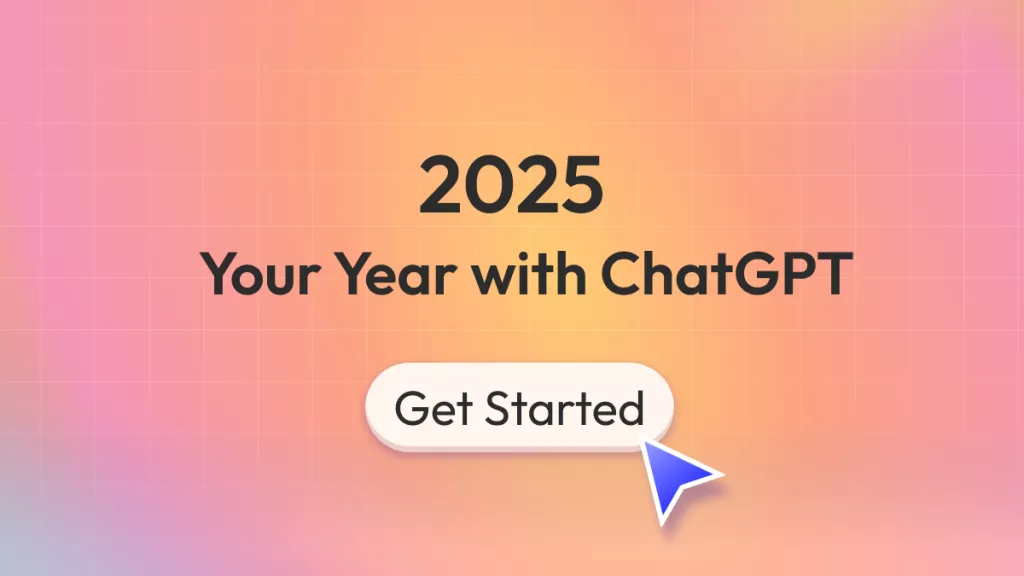

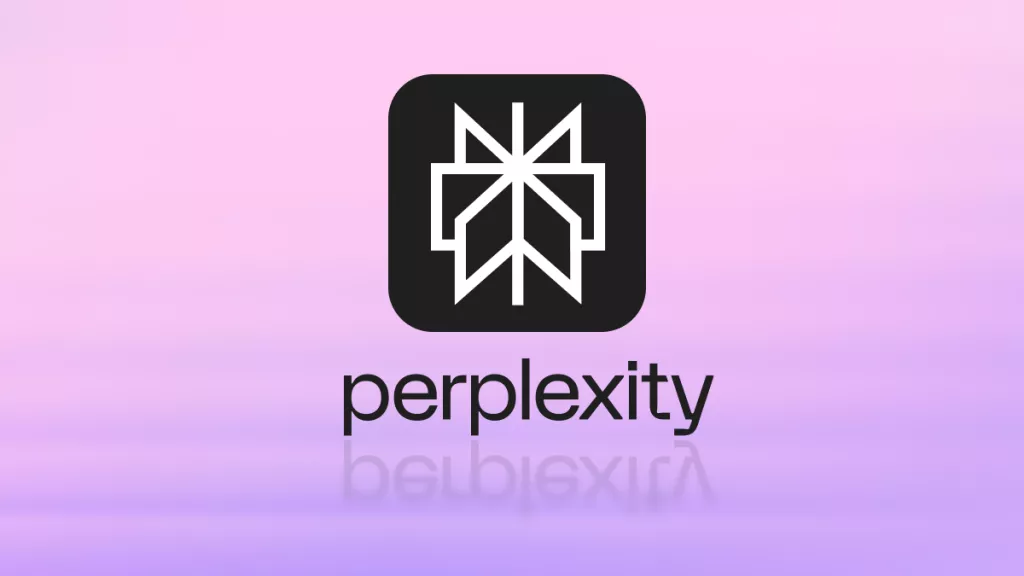

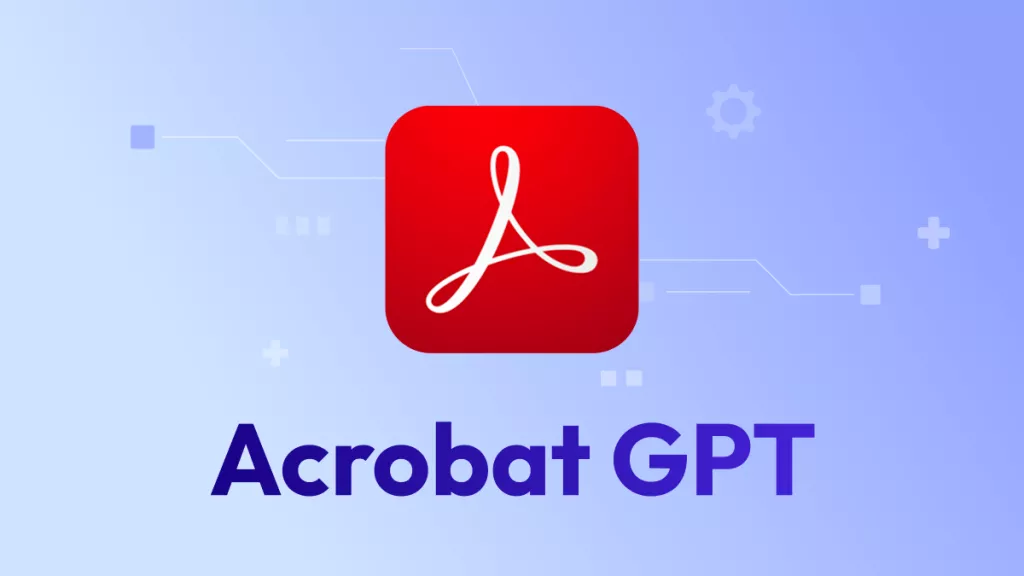
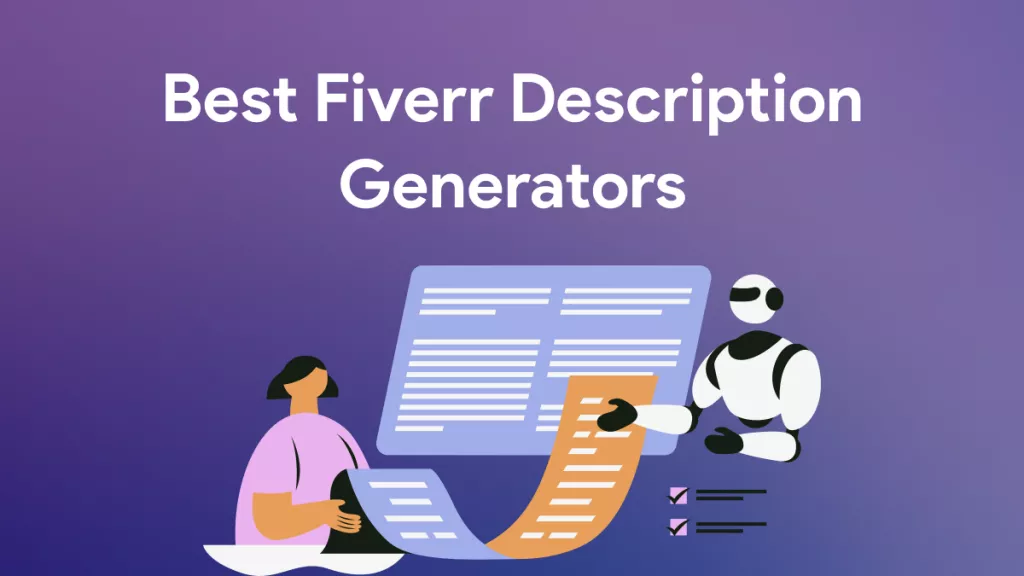
 Lizzy Lozano
Lizzy Lozano 
 Enola Miller
Enola Miller 


 Enrica Taylor
Enrica Taylor